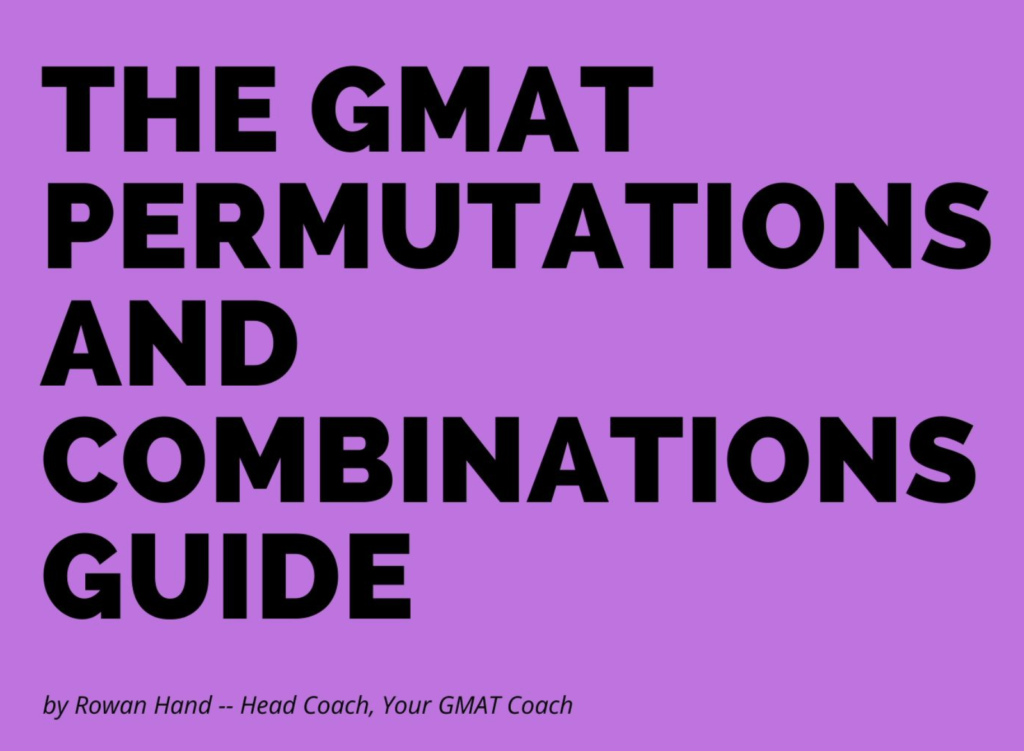Here’s a simple GMAT Fractions trick that will help you out when you see a situation where you have to divide by 9 or 99 or 999, etc.
It’s actually a really neat little trick and you’ll see it quite often in questions such as this one:
Here is a quick tip for you, you crazy GMAT Fractions lovers. Seriously, though, GMAT Fractions are a tool that people think they know better than they really do. A bit of brushing up might save you a lot of time and hassle in calculations.
Now, you might know that 1/9 = 0.1111… — this is really important, so memorize it if you don’t know it!
What you might not know, however, is that there is a pattern for such situations:
If you divide by 9, you get 1/9 = 0.111… (the … means repeating because I can’t put a bar over in WordPress).
If you divide by 99, you get 1/99 = 0.010101…
If you divide by 999, you get 1/999 = 0.001001001…
If you divide by 9999, you get 1/9999 = 0.00010001…
…and hopefully by now you get the idea. If you can’t see how to apply it to GMAT Fractions questions, try the question above and see whether that helps. It is of course possible to estimate the answer for the below GMAT Fractions question, but it’s not nearly as clean as when you use this great little GMAT Fractions trick.
A bar over a sequence of digits in a decimal indicates that the sequence repeats indefinitely.
What is the value of (10^4 – 10^2)(0.0012…)?
For the moment, check out the video below!
And so forth. Now if this doesn’t seem like it will help you answer GMAT Fractions questions, check this out–how would you solve this question without applying the 99 trick?
(It’s possible to estimate the answer, of course, but it won’t be clean.)
A bar over a sequence of digits in a decimal indicates that the sequence repeats indefinitely.
What is the value of (10^4 – 10^2)(0.0012…)?







